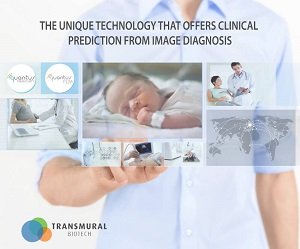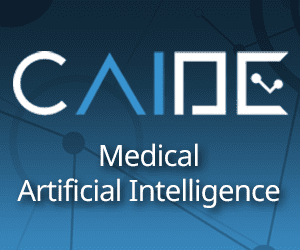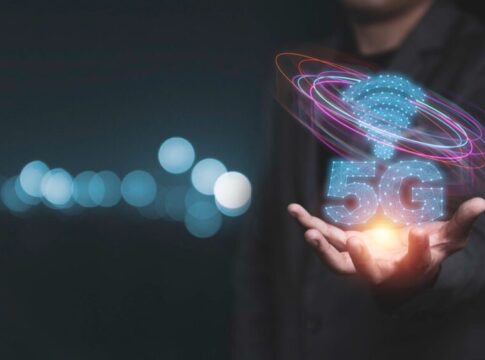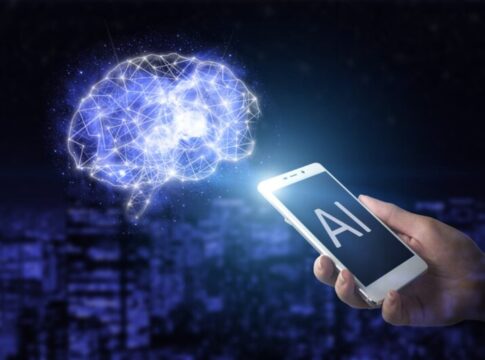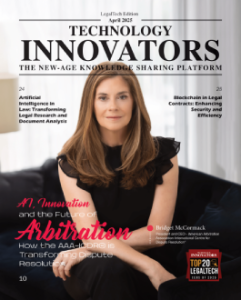The Internet of Things (IoT) and telecommunication are two interconnected technologies that work together to enable a connected world. The IoT refers to the network of physical devices, vehicles, appliances, and other objects embedded with sensors, software, and connectivity, allowing them to collect and exchange data. Telecommunication, on the other hand, refers to the transmission of information over long distances through various communication technologies.
Here’s how the IoT and telecommunication work together and the benefits they bring to society:
- Connectivity:
- Wireless Communication: Telecommunication technologies such as cellular networks, Wi-Fi, and Bluetooth provide the wireless connectivity necessary for IoT devices to communicate with each other and with the internet.
- Seamless Data Transfer: IoT devices collect data from their environment through sensors and transmit it over telecommunication networks to cloud platforms or other devices for processing and analysis.
- Real-time Communication: The combination of IoT and telecommunication enables real-time communication and interaction between devices, allowing for quick responses and efficient decision-making.
- Smart and Connected Systems:
- Smart Homes and Cities: IoT devices connected through telecommunication networks enable the creation of smart homes and cities. Sensors in homes and infrastructure can monitor and control various aspects such as energy usage, security, lighting, and waste management.
- Industrial IoT: In industries, IoT devices and telecommunication facilitate the monitoring and optimization of processes, predictive maintenance, and efficient resource utilization. Connected machinery, sensors, and data analytics enable improved productivity and cost savings.
- Transportation and Logistics: IoT and telecommunication technologies play a crucial role in intelligent transportation systems, enabling real-time monitoring of vehicles, optimizing routes, managing traffic flow, and improving overall efficiency and safety.
- Enhanced Efficiency and Decision-making:
- Data Collection and Analysis: IoT devices generate vast amounts of data that can be collected, analyzed, and used to gain insights and make informed decisions. Telecommunication networks facilitate the transmission of this data to cloud platforms or analytics systems for processing.
- Automation and Optimization: IoT devices connected through telecommunication networks enable automation and optimization of various processes. For example, smart grids can automatically adjust energy distribution based on real-time demand data, leading to more efficient and sustainable energy usage.
- Remote Monitoring and Control: Telecommunication enables remote monitoring and control of IoT devices. This is particularly useful in industries, healthcare, agriculture, and infrastructure management, allowing for remote diagnostics, maintenance, and control of equipment and systems.
- Improved Quality of Life:
- Healthcare: IoT and telecommunication enable remote patient monitoring, telemedicine, and personalized healthcare solutions. Medical devices and wearables can collect health data, which can be transmitted securely to healthcare professionals for analysis and remote consultations.
- Environmental Sustainability: IoT devices connected through telecommunication networks can be used to monitor and manage environmental factors such as air quality, water usage, and waste management. This enables more sustainable practices and better resource management.
- Safety and Security: IoT devices combined with telecommunication networks enhance safety and security by enabling real-time monitoring and alerts. This includes applications such as smart surveillance systems, home security, and emergency response systems.
The convergence of IoT and telecommunication is driving the development of innovative applications and services that enhance connectivity, efficiency, and quality of life. From smart homes and cities to industrial automation and remote healthcare, the IoT and telecommunication are revolutionizing various sectors and shaping the future of a connected world.



